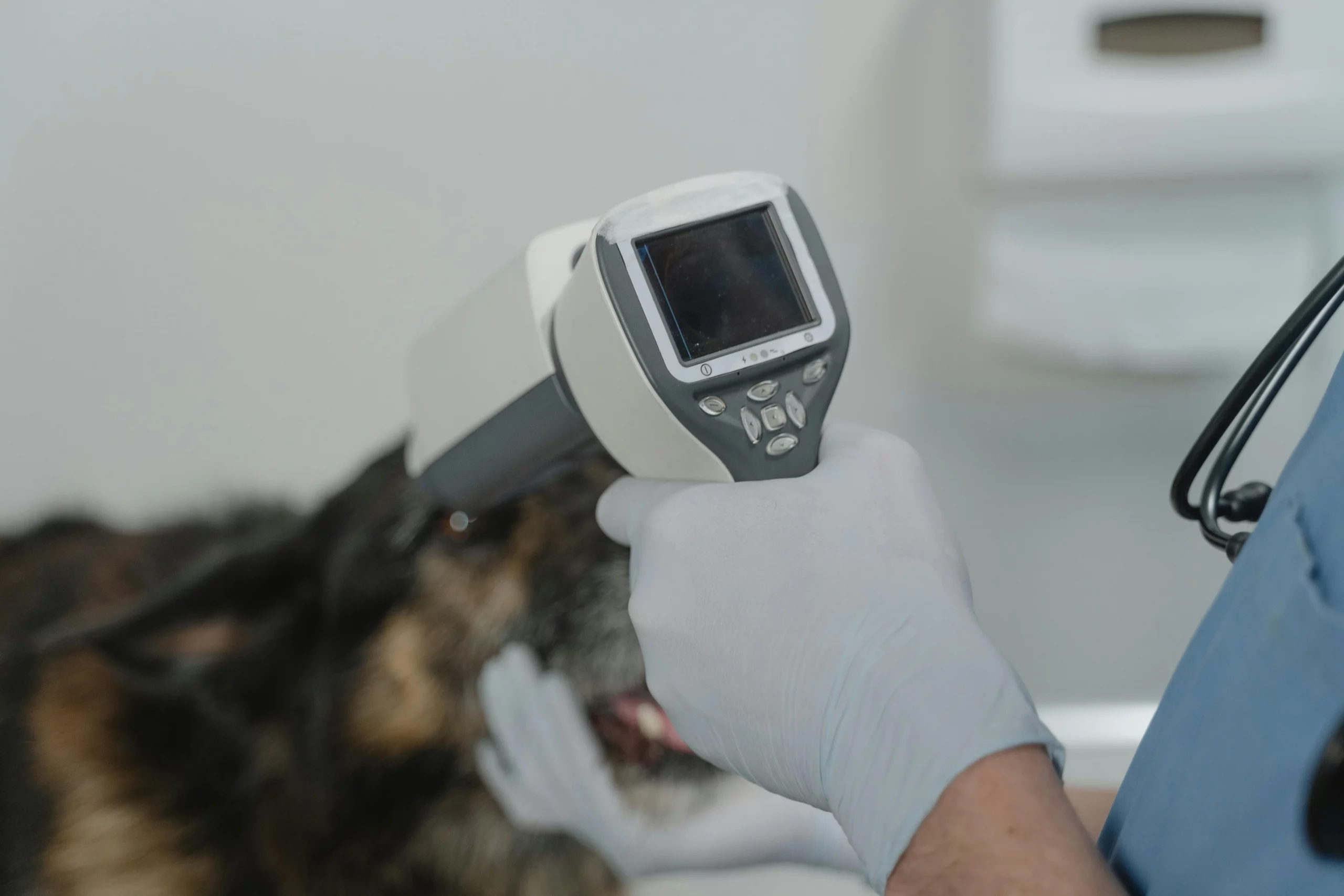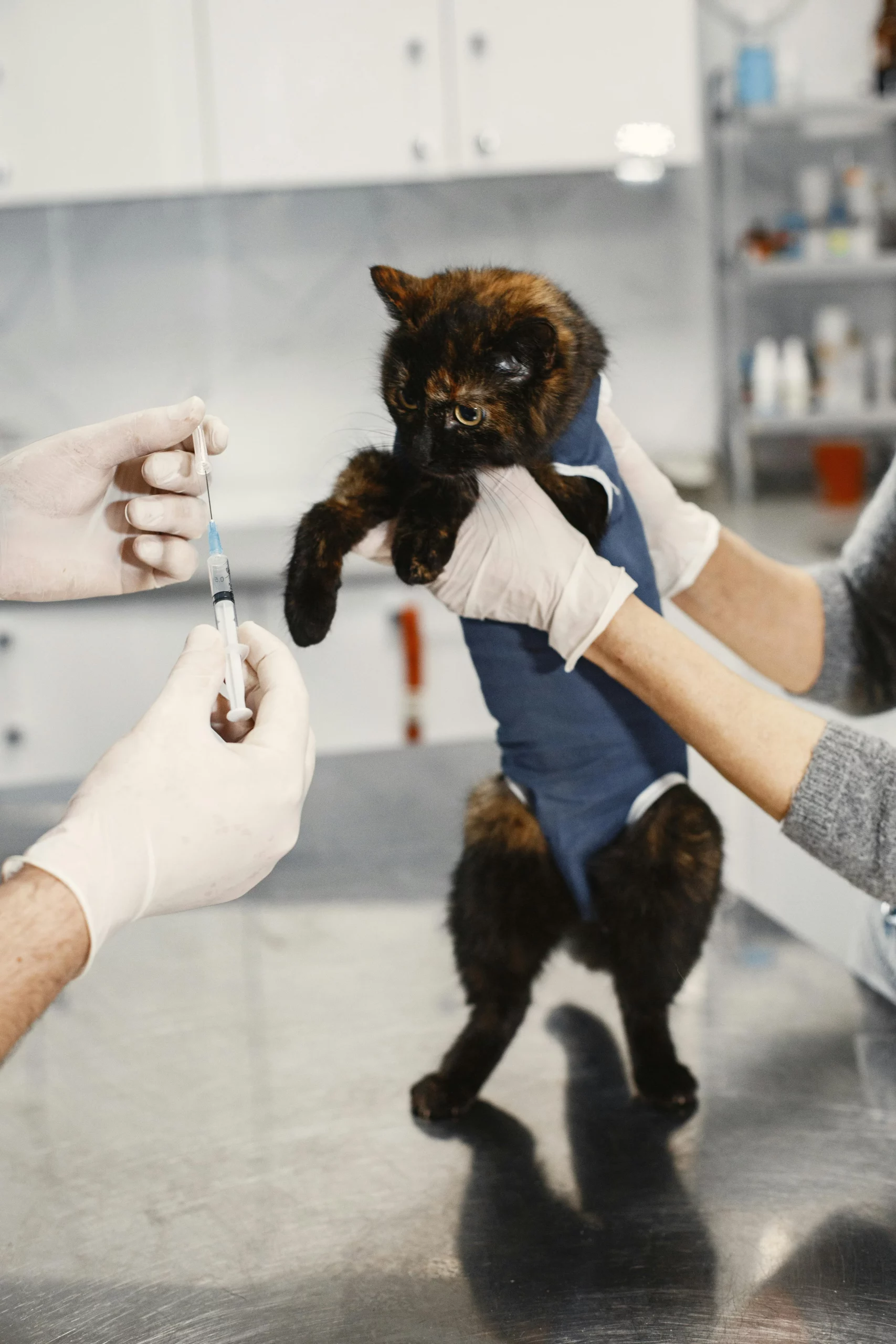Seeing your pet have a seizure is scary, it’s a moment no pet owner wants to face. But you’re not alone, and your pet isn’t either.
Seizures are more frequent than most people know, particularly in dogs, and occasionally in cats as well.
In most instances, it may only occur once. But if the attacks continue to recur, it might be a case of epilepsy.
The best news? With the assistance of an experienced vet and the proper treatment, pets with epilepsy can lead a healthy, full life.
What to Do if Your Pet is Having a Seizure
First, try to stay calm. Even though it looks frightening, your pet is unconscious during the episode and isn’t in pain.
Seizures are typically more stressful for pet owners than for the pet itself.
Keeping Them Safe During a Seizure
Make sure your pet is in a safe space where they can’t fall or bump into anything sharp. Don’t attempt to restrain them, and never put your hand near their mouth, they may accidentally bite you.
Understanding Epilepsy
Abnormal brain activity causes epileptic seizures. They’re not a disease themselves, but rather a sign that something isn’t right in the nervous system.
At Centenary Vets, we often see how understanding this can help pet owners better manage their pets’ health.
Different Types of Seizures in Pets
Seizures can look different depending on which part of the brain is affected. The two main types seen in pets are:
- Generalised (Tonic-Clonic) Seizures: Often called grand mal seizures, these affect the whole body. Your pet may fall over, lose consciousness, paddle their legs, drool, or even urinate or defecate during the episode.
- Focal (Partial) Seizures: These involve only one area of the brain, so you might notice twitching in just one limb, facial muscles, or other localised movements. Sometimes focal seizures can evolve into generalised ones.
What Counts as Epilepsy?
Epilepsy refers to repeated seizures that start from within the brain. If your pet has a seizure due to something outside the brain like low blood sugar or exposure to a toxin, it’s known as a reactive seizure, not epilepsy.
Finding out the underlying cause is crucial to choosing the right treatment.
Veterinarians at Centenary Vets stress how important thorough diagnosis is to develop an effective care plan.
What Can Cause a Seizure?
Seizures can be triggered by both extra-cranial (outside the brain) and intra-cranial (inside the brain) issues.
Extra-Cranial Causes
Extra-cranial causes are toxins or metabolic disturbances due to kidney disease, liver disease, salt imbalance, or hypoglycemia.
These are referred to as reactive seizures, and they’re usually diagnosed by blood work or a known toxin exposure.
Intra-Cranial Causes
Intra-cranial causes are due to brain conditions and are divided into two types:
- Secondary Epilepsy: Due to brain disease like tumours, inflammation (encephalitis), injury, or stroke. Restlessness, sleepiness, circling, wobbliness, or blindness are some other symptoms. Imaging such as MRI or CT scans and analysis of cerebrospinal fluid (CSF) is often done for diagnosis.
- Primary Epilepsy (Idiopathic Epilepsy): The brain looks completely normal, but something goes wrong with how it sends signals and that’s what causes the seizures.
Is Primary Epilepsy Common in Pets?
Primary epilepsy is most often diagnosed in young adult dogs, although it occurs in cats as well.
The number of seizures per week is highly variable, ranging from daily seizures to only once every few months. Between the seizures, these pets are usually entirely normal.
How Do Vets Diagnose Primary Epilepsy?
To confirm a diagnosis of primary epilepsy, your vet will need to rule out all other causes. This typically involves blood tests, advanced imaging, and CSF analysis.
If your pet is a young adult, appears healthy between seizures, and test results are normal, primary epilepsy is the most likely explanation.
When Are Seizures Most Likely to Happen?
Most seizures happen when your pet is resting or sleeping. It’s rare for a seizure to occur during exercise.
Many pet owners notice a pattern like seizures happening at night, which can help in tracking and managing the condition.
Managing Epilepsy: What Are the Options?
If your pet has had only one seizure, your vet might suggest holding off on medication.
This is because seizure medications don’t always stop episodes completely, they usually reduce frequency and severity.
Starting treatment too early may result in long-term medication your pet may not actually need.
Getting the Dosage Right
Once treatment begins, it’s crucial to administer it at the same time every day and never skip doses. Suddenly stopping medication can trigger seizures.
It often takes a few months to find the right dosage. In the meantime, your vet might have to perform blood tests to check drug levels and ensure that they’re in the therapeutic range.
According to the Australian Veterinary Association (AVA), seizures are not uncommon in pets and often become apparent during regular veterinary check-ups, highlighting the importance of ongoing health monitoring.
Can the Seizures Be Cured?
Most pets with epilepsy won’t stop having seizures completely. But with medication and regular monitoring, seizures can be controlled to the point where they don’t affect your pet’s quality of life.
Long-Term Prognosis
Ongoing vet visits help ensure medications aren’t causing side effects and are working as intended.
According to Sydney University’s Veterinary Teaching Hospital, advanced neurological testing and imaging can help pinpoint the cause of seizures, especially when there might be a problem with the brain’s structure.
What Ongoing Monitoring Is Needed?
Close monitoring is key, especially early on. Blood tests are generally needed:
- 3 to 4 weeks after starting or adjusting medication
- At the 3-month mark to check for therapeutic levels
- Every 6 months once your pet is stable
These check-ups usually include both drug level testing (e.g. phenobarbitone or bromide) and general blood tests to monitor kidney and liver function.
If you notice new or worsening symptoms, make an appointment with your vet right away.
Helping Your Pet Live Well with Epilepsy
Living with a pet who has epilepsy can feel overwhelming at first. But once you understand their condition, learn their patterns, and establish a treatment plan with your vet, things become more manageable.
Regular communication with your vet and keeping a seizure diary can help track triggers and treatment effectiveness.
Centenary Vets recommends creating a safe, calm environment during and after seizures to reduce stress for your pet.
A Happy Life Is Possible
With the right care, most pets with epilepsy can live full, happy lives by your side. With the right care, most pets with epilepsy can live full, happy lives by your side.
Consistent medication, routine check-ups, and early intervention if symptoms change are key to maintaining their quality of life.
Your support and attentiveness make a big difference in helping your pet thrive despite epilepsy.



